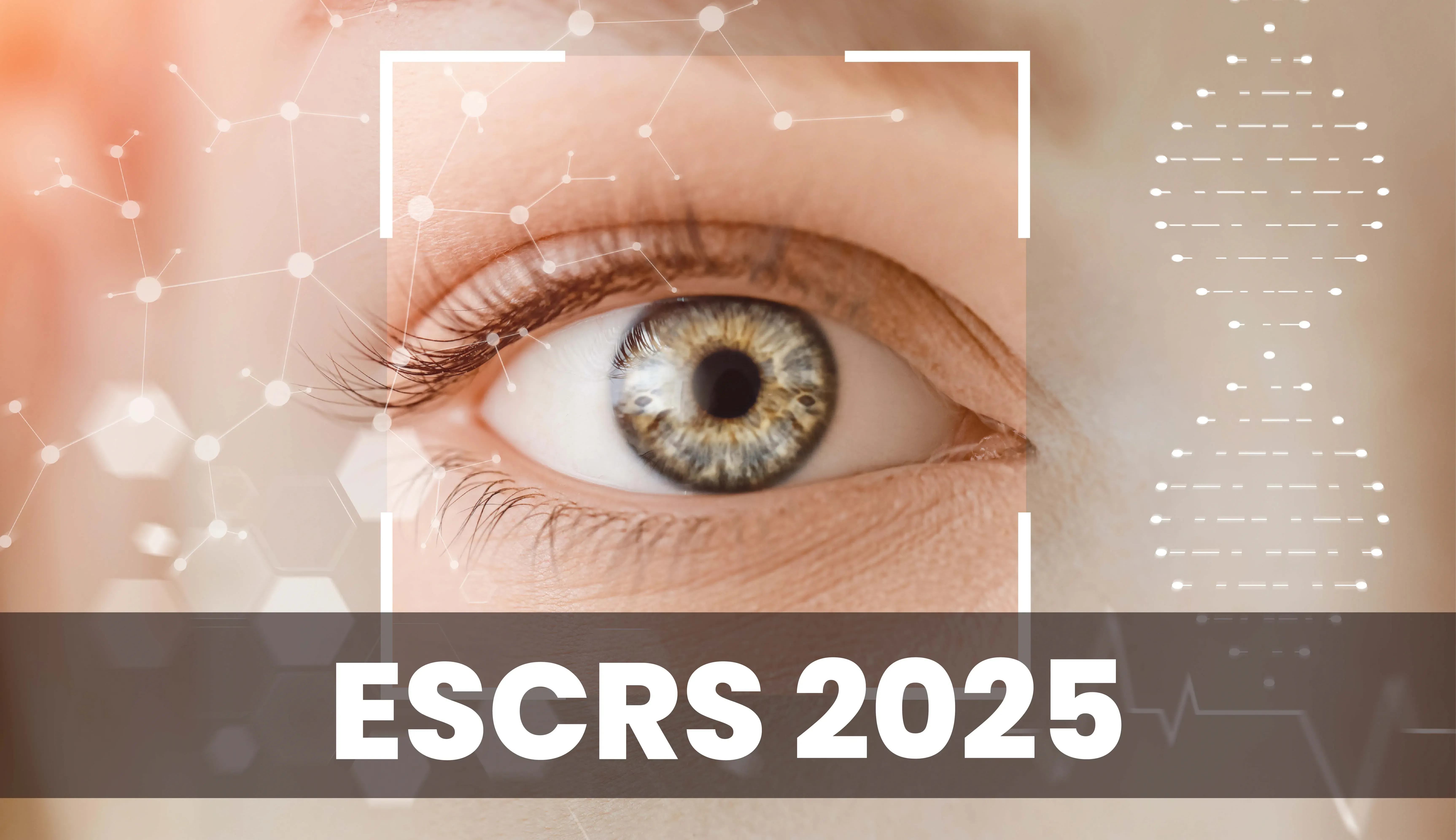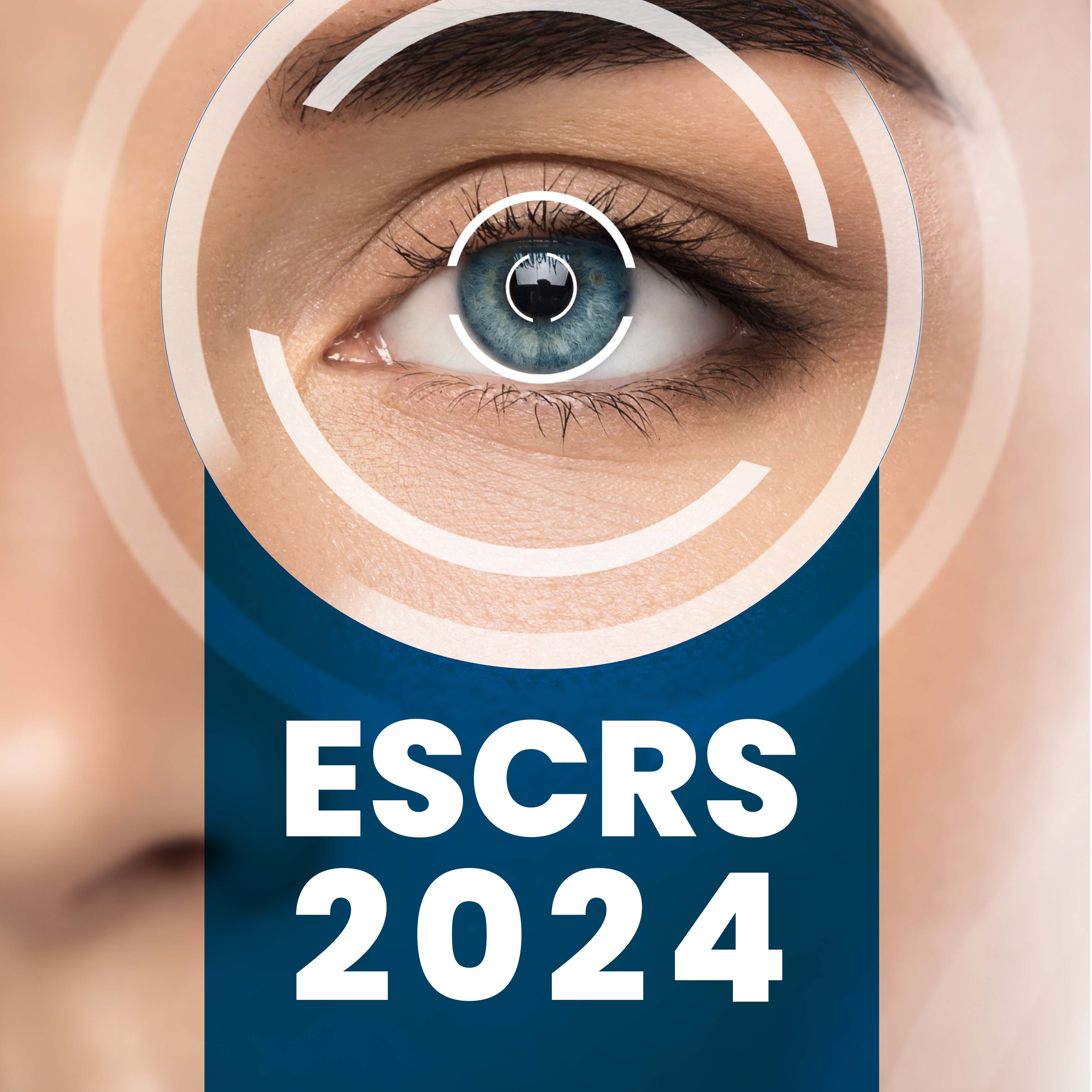ESCRS 2024: When and How Should we Treat Ocular Surface Inflammation?
Speaker - Edoardo Villani
The treatment and management of inflammation in dry eye disease involves maintaining a balance in the healthy ocular surface, with immune homeostasis being crucial to this balance. When dry eye disease developed, this homeostasis remains disrupted, leading to various pathological processes occurring simultaneously in the cornea, conjunctiva, and lacrimal glands. As a result, the immune system's response shifted from physiological to pathological. Understanding the specific dynamics on the ocular surface at any given time proved to be a significant challenge in managing inflammation associated with dry eye disease.
Inflammation encompasses a broad range of processes including innate immunity and acute phase inflammation, as well as adaptive immunity, particularly T helper 1 and T helper 17 pathways related to dry eye disease. The transition from a regulated adaptive response to a dysregulated immune system on the ocular surface have been playing significant roles for macrophages. However, a primary challenge was that typical manifestations of inflammation—calor, rubor, tumor, dolor—were often absent in patients with dry eye disease. Patients exhibited various types of inflammation, ranging from low-grade to high-grade, and both acute and chronic forms, yet the classic signs were rarely observed on their ocular surfaces.
Inflammation and its various processes play a crucial pathogenetic role in dry eye disease. At the same time, inflammation served as the primary target for therapeutic interventions, as all approved medications for dry eye mostly focused on inflammation, with many off-label treatments, such as steroids, also aimed at addressing this issue.
Assessing inflammation in clinical practice present itself with significant challenges. An effective assessment would enable detection of inflammation, characterization of its type, and prediction of treatment response. While redness could be observed, most dry eye patients did not exhibit clear signs of red eye. Point-of-care devices provided only general information about inflammation without detailed assessment. Although lissamine green staining showed a correlation with inflammation, it fell short as a predictive biomarker for anti-inflammatory treatment responses. In vivo confocal microscopy offered insights into inflammatory cells, particularly corneal dendritic cells, and a small study suggested its potential as a predictive biomarker. However, its practical application in clinical settings remain difficult.
Understanding when and which patients to treat for inflammation remain challenging. Furthermore, inflammation needed to be considered within the broader context of ocular surface disease and the dry eye visual cycle. While signs of inflammation were often absent, indicators of disrupted homeostasis and equilibrium on the ocular surface were more apparent.
The options for combating inflammation include steroids, which could only be used off-label to treat dry eye disease in Europe. There was strong evidence supporting effective short-term clinical responses to steroids in a significant percentage of patients. Various types of steroids were available, with studies dating back about 20 years focusing on prednisolone and dexamethasone. Some steroids included Loteprednol, fluorometholone, and hydrocortisone, which were less potent but had lower intraocular effects. The differences in potency, particularly between hydrocortisone and fluorometholone, were notable. These steroids generally resulted in a lower incidence of higher intraocular pressure and a reduced risk of steroid-induced cataracts due to their design for rapid inactivation within the eye.
Determining which steroid to use for treating inflammation in dry eye disease was not merely a matter of potency. In most cases, particularly in 99% of patients, a lack of clinical response did not indicate the need for stronger steroids; rather, it suggested that the ocular surface was not being adequately treated, and inflammation might not be the primary driver of symptoms. Additionally, concerns regarding the long-term use of steroids, as dry eye disease often presented as a chronic condition remain concerning. While short-term use was effective, evidence supporting long-term steroid use was limited. Certain steroids, like hydrocortisone, could potentially be used at low doses over extended periods, mimicking immune modulation, but steroids were primarily designed to suppress inflammation quickly. Furthermore, the lack of approved steroid treatments for dry eye disease meant that the overall evidence for their use in rare disease was quite limited.
Topical cyclosporine emerged as an alternative for immunomodulation in dry eye disease, backed by a long history and substantial data, with its initial Food and Drug Administration (FDA) approval dating back 20 years. However, several challenges existed across different countries. One major issue was cost, as cyclosporine was expensive and not always covered by public health systems; in Italy, for instance, reimbursement was limited to specific cases of Sjögren's syndrome. Additionally, the treatment did not yield prompt clinical responses, complicating its use. There was also a cultural hurdle in Europe, where familiarity with cyclosporine had been limited for years, making it difficult to transition quickly to using immunomodulators.
Magistral or hospital preparations has been used but these came with significant challenges. Issues included selecting the appropriate vehicle and ensuring quality assurance, making it difficult to know the exact composition of the preparations used in patients' eyes. Concerns about quality control and the concentration of cyclosporine in relation to the vehicle were paramount. To achieve a more rapid clinical response, many practitioners initially combined topical steroids with cyclosporine, gradually suspending the steroid treatment while continuing with cyclosporine. In addition to these two drugs, various other methods can be employed to modulate inflammation in specific conditions. Overall, managing the ocular surface require a combination of strategies tailored to different patient types to optimize inflammation management and overall ocular surface health.
Inflammation plays a crucial role in dry eye disease, presenting a paradox in both its pathogenesis and treatment. Although all treatments relate to inflammation, significant challenges exist in its clinical assessment. Various types of inflammatory processes required different management strategies, emphasizing the need to contextualize inflammation within the broader spectrum of ocular surface disease. While multiple therapeutic options were available, none were definitive. Over the past 20 years, the understanding of inflammation's role evolved, leading to its central position in disease definition and treatment. The common approach began with first-line treatments like artificial tears and meibomian gland dysfunction management, followed by anti-inflammatory therapies. However, concerns arose regarding this approach, particularly when around 20% of patients did not show satisfactory clinical responses. This suggested that the issue might not be solely related to inflammation management, but also to the need for a more comprehensive treatment strategy.
The role of systemic steroids in treating dry eye disease, concluded that they were not necessary. It was emphasized that there were very few ocular surface conditions, such as pemphigoid and certain cicatricial conjunctivitis types, where systemic immunomodulation might be required. Even in severe cases of allergic keratoconjunctivitis, local treatments were deemed sufficient. For dry eye disease specifically, a range of topical therapies exist to address inflammation. When these treatments failed, the issue is not the potency of the medications but rather the overall approach to management.
42nd Congress of the European Society of Cataract and Refractive Surgeons, 6 – 10 September 2024, Fira de Barcelona, Spain.



